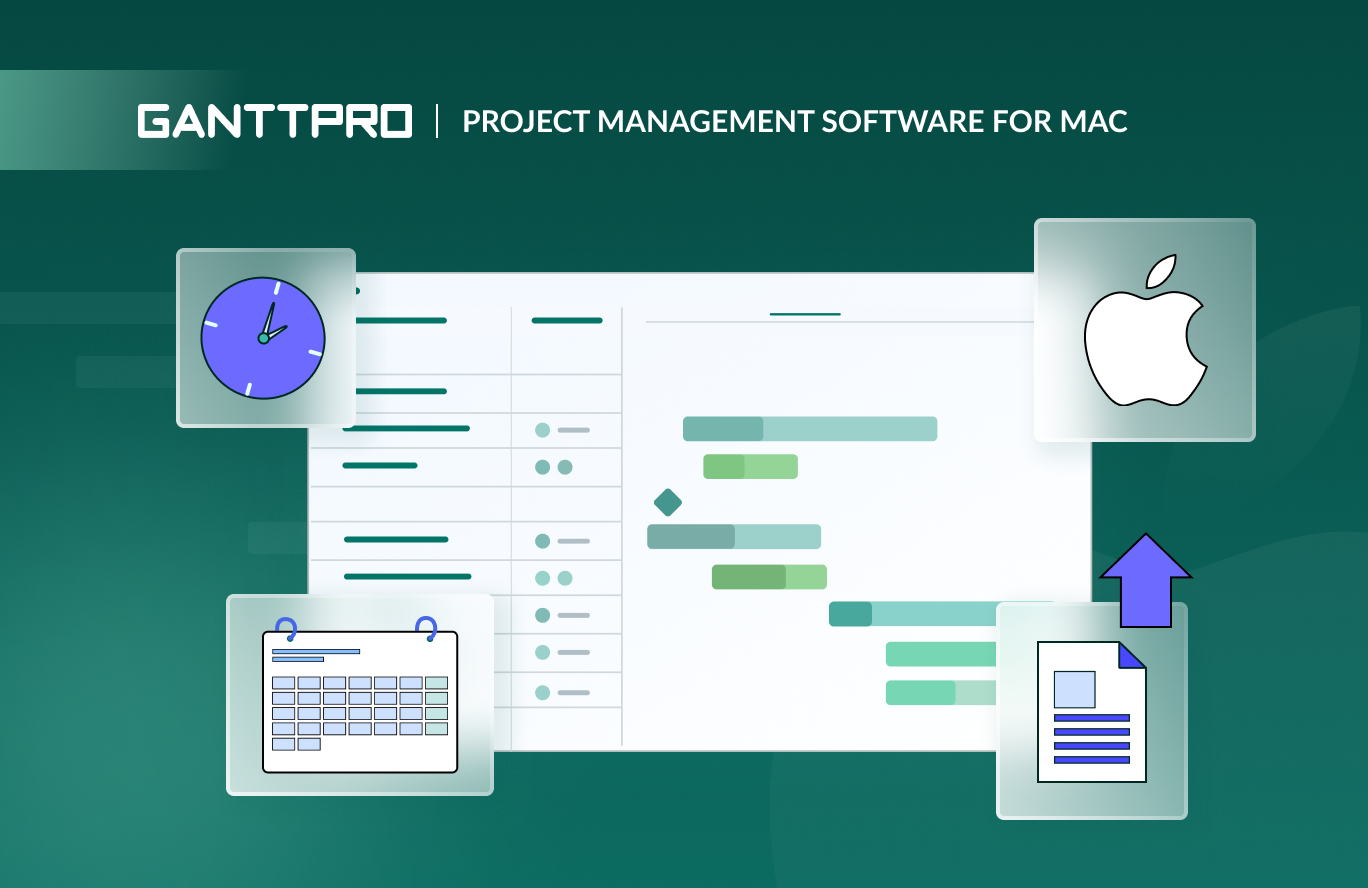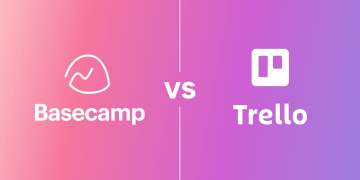In today’s fast-paced business environment, collaboration is key to success. Companies are increasingly looking for ways to streamline communication and collaboration not only internally but also with their clients. Basecamp, a popular project management tool, has emerged as a go-to solution for organizations looking to create seamless, organized workflows. It promises better efficiency, improved client relationships, and enhanced team collaboration. However, for many businesses, a significant challenge lies in achieving a balance—allowing clients to collaborate effectively without losing control over the project’s direction or quality. So, how can Basecamp enhance client collaboration while maintaining control? Let’s break it down.
1. The Power of Centralized Communication
One of the most valuable features of Basecamp is its ability to centralize all communication in one place. By using this platform, businesses can reduce the chaos of switching between emails, Slack channels, or other communication tools.
When it comes to collaborating with clients, Basecamp offers a structured, organized space where everything from discussions to feedback can happen in one place. Clients have access to the same threads, files, and discussions as the team, but in a controlled, manageable way. This centralization of information ensures transparency without overwhelming either the client or the team. It reduces the chance of miscommunication and misalignment, which is often a challenge in client collaborations.
2. Establishing Clear Boundaries with Client Access
Basecamp offers an intuitive permission system that allows businesses to retain control over what clients can see and do. As a project manager or business owner, you can grant clients access to specific boards, discussions, or files without giving them full control over everything.
Clients can be given access to essential parts of the project—such as tasks, deadlines, and deliverables—without letting them interfere with internal conversations or sensitive information. This tiered system of access is critical in ensuring that clients can stay in the loop and actively participate in the project without stepping into areas that could compromise project integrity or decision-making authority.
3. To-Do Lists: Task Assignment and Transparency
Basecamp’s to-do lists are perfect for setting clear expectations and ensuring that clients know exactly what is happening at any given moment. The to-do lists allow you to assign specific tasks to both team members and clients, helping to clearly define responsibilities.
By adding clients to these to-do lists, they can track their own progress, keep tabs on deadlines, and have visibility into what’s coming next. This reduces the need for constant back-and-forth emails and gives clients a direct, self-service way to see where the project stands. At the same time, you maintain control over the project’s flow and deadlines, since only project leads or managers can modify the overarching schedule and task priorities.

4. Real-Time Feedback with Message Boards
A big part of client collaboration involves getting and giving feedback. Basecamp’s message boards provide an excellent platform for this. Clients can post their feedback, ask questions, or express concerns in a clear, organized way. The benefit is two-fold: clients can see the feedback from other stakeholders and team members, and project managers can review and respond in a timely, organized manner.
By keeping feedback within a message board, the conversation remains transparent, avoiding the potential chaos of fragmented email threads or missed messages. This organized exchange of ideas ensures that everything is documented, and no feedback gets lost in the shuffle.
5. File Sharing & Version Control
One of the biggest hurdles in collaboration with clients is sharing files and maintaining version control. Basecamp makes this process simple by allowing you to upload files to specific project sections, making them easily accessible to all project participants.
Basecamp also features version control, so every time a document is updated, all participants can see the latest version. Clients can comment directly on files, ensuring that feedback is tied to the relevant content. By providing clients with access to the most recent documents, you reduce confusion over outdated files or multiple file versions, which often results in costly mistakes.
6. Keeping a Project Calendar for Visibility
One of the easiest ways to maintain control while still enabling client collaboration is through Basecamp’s calendar feature. By setting up a shared project calendar, both the team and the client can see key dates such as meetings, deadlines, and milestones.
When clients can view the calendar and understand the timeline, they can plan their own schedules around the project, making it easier for them to stay involved without needing constant updates. This ensures that clients are on the same page regarding deadlines and expectations while reducing the burden on project managers to continually check in with clients about the project’s timeline.
7. Automatic Check-Ins for Ongoing Communication
Basecamp’s automatic check-ins are a powerful feature for maintaining ongoing communication with clients. These automatic prompts allow project managers to ask specific questions at set intervals, ensuring that both the team and the client are staying aligned on progress.
For example, a project manager could set up a weekly check-in question like, “What are your thoughts on the latest design draft?” or “Are there any blockers you’re facing with the project?”. The client’s answers are then logged, giving the project manager a pulse on the client’s thoughts while also keeping the conversation organized.
8. Ensuring Accountability with Project Milestones
In project management, accountability is key. Basecamp’s milestone tool helps to ensure that both the team and the client know what’s expected and when. Milestones mark significant phases in the project, and they provide a visual representation of the project’s progression. Clients can see exactly when key deliverables are expected and can provide their feedback or approval at each phase.
By setting up clear milestones, you can guide your client through the project, ensuring they understand their role and when it’s time to provide input. At the same time, you maintain control over the project’s pace and direction, ensuring that the work is delivered on time and to the required standards.
9. Real-Time Collaboration Without the Overload
One common challenge in client collaboration is balancing real-time feedback with the need for focused work. Basecamp helps solve this by providing a platform that allows clients to participate in real-time discussions without constant distractions.

Clients can post quick comments or updates on the project boards or directly on task lists, but they’re not overwhelmed by unnecessary notifications or constant messages. The ability to filter notifications and focus on key areas reduces the risk of overloading your team or the client while still keeping everyone in the loop.
10. Maintaining Control with Client Notifications
Clients may need to be kept up to date on a project, but that doesn’t mean they should be flooded with notifications for every minor update. Basecamp gives you control over what notifications clients receive, allowing you to send them only the most important updates or reminders.
This selective notification system ensures that clients aren’t bombarded with every little change, but still receive key updates that are relevant to their role in the project. The result is a smoother collaboration where clients stay informed without becoming overwhelmed.
11. Transparency in Billing and Time Tracking
For service-based businesses, tracking time and billing clients accurately is crucial. Basecamp integrates with time-tracking tools and can be used to track how much time your team is spending on specific tasks, making it easier to provide clients with detailed billing reports.
Clients appreciate the transparency that comes with clear billing and time tracking. By using Basecamp to manage this process, you can ensure that clients are always in the loop regarding how their budget is being allocated and spent, which builds trust and fosters long-term partnerships.
12. Integrating with Other Tools for Seamless Workflow
Basecamp isn’t just a standalone solution. It integrates with a variety of third-party tools that can make your collaboration with clients even smoother. Whether it’s a calendar sync with Google Calendar, a file sync with Dropbox, or an integration with time-tracking software, Basecamp’s API and integrations can provide a tailored experience for your team and clients.
By leveraging these integrations, you can extend Basecamp’s capabilities while maintaining the seamless experience for clients. You get all the benefits of using a powerful platform like Basecamp while plugging in other tools that are critical to your workflow.
Conclusion: Balancing Client Collaboration with Control
Basecamp is more than just a project management tool; it’s a platform designed to enhance collaboration without sacrificing control. By giving businesses the ability to set clear boundaries, maintain transparency, and ensure accountability, Basecamp helps create a collaborative environment that works for both teams and clients. Whether through centralized communication, organized feedback channels, or clear task management, Basecamp provides a framework where client collaboration is efficient and manageable.
Ultimately, the key to successful collaboration is not just about giving clients access to everything but providing them with the right level of access at the right time. With Basecamp, businesses can foster productive relationships with their clients while retaining full control over the project’s quality and direction.






















